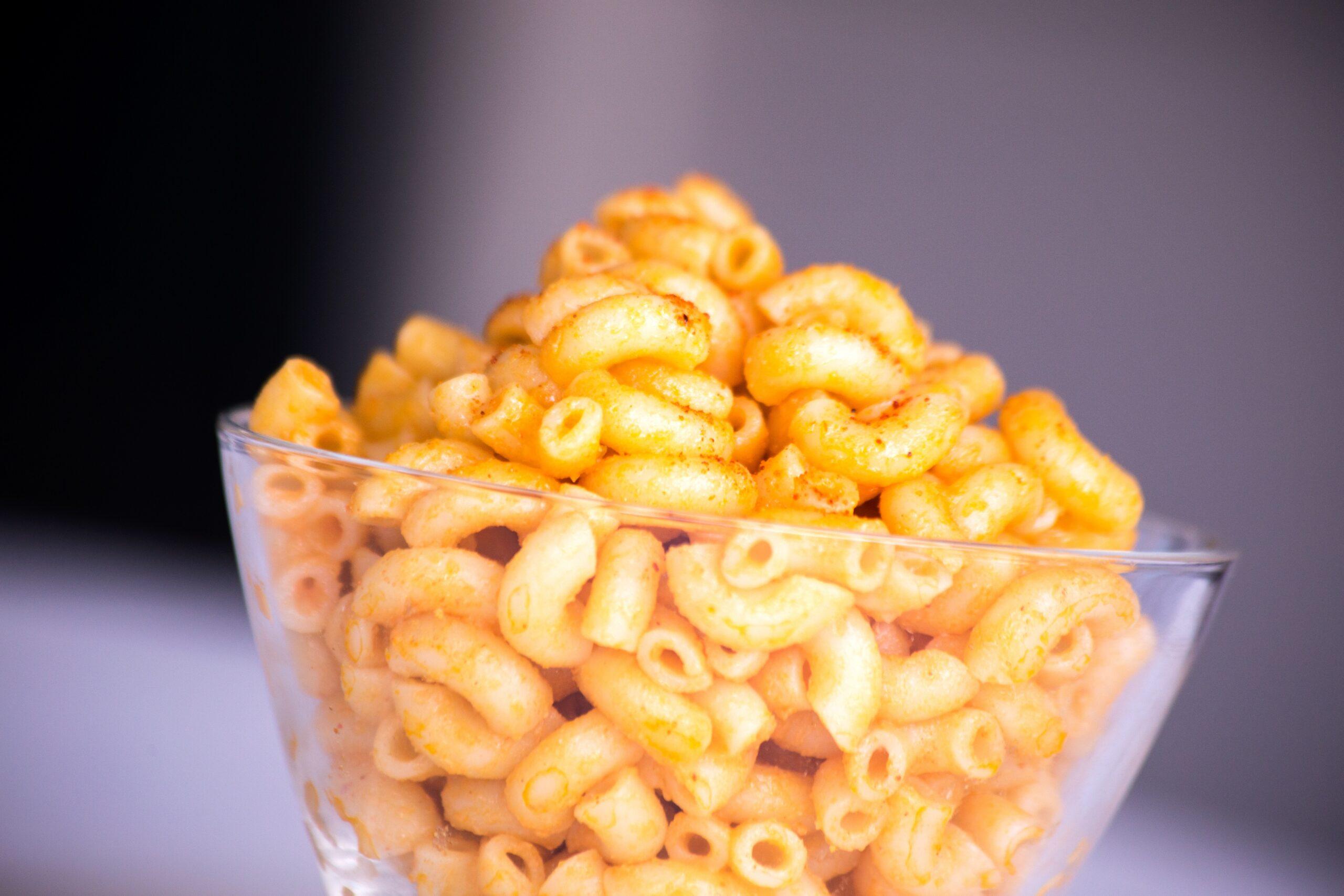The distinct aroma of freshly baked garlic bread, the clinking sound of china as the kids set the table, the calm moment before Dad leads the family blessing— mealtime memories such as these have shaped us into the people that we are today.
Whether or not we are aware of their impact, family meals give us hope, a sense of belonging and influence our relationships throughout our lives. Unfortunately, family meals are no longer a priority in the hectic households of America, thanks to our overbooked, undernourished lifestyles.
Our plates are full with a multitude of activities, but our dinner plates are left starkly empty. What does this mean for our children? According to a seven-year survey completed by the National Center on Addiction and Substance Abuse at Columbia University, teens who sit down for family dinner five or more nights a week are: 32 percent less likely to try cigarettes, 45 percent less likely to try alcohol and 24 percent less likely to smoke pot, compared to teens who eat dinner with their families twice a week or less. The regularity of the family meal creates a stable environment for youngsters who endure daily temptations and precarious circumstances outside of the home.
An award-winning documentary filmmaker and journalist, Miriam Weinstein, felt so passionately about bringing families back to the dinner table that she wrote a book based on the topic, The Surprising Power of Family Meals (Steerforth). Weinstein visited families throughout the country— those who make time for family meals and those who do not— and compared her observations with published research. She found that eating meals together:
- Improves children’s language skills, which better prepares them to learn to read (even more so than children who are read to).
- Helps with emotional stability
- Discourages obesity and eating disorders
- Helps keep asthmatic kids out of hospitals
- Keeps the family more in touch with their ethnic heritage and/or community of faith
- Teaches real life skills, as each member takes on a role with responsibilities as part of the “team”
- Makes children less stressed and more likely to get As in school
- Cements relationships and helps family members become more resilient as they deal with daily life
Take a Seat
We’ve expanded our palates and added healthy updates to our menus, but now it’s time to sit down and break bread with our loved ones. And it’s not even about the food— it’s about the fellowship. Worried about pleasing picky eaters? Most of us aren’t told that it can take children ten-20 times of tasting a food before they decide if they like it. Don’t base your menu and dinner decisions on kids.
Are you anxious about creating conversations at the table? Don’t try too hard— even small talk and disjointed discourse gives our minds a workout and teaches children the verbal dance of conversation.
It may be difficult to make a habit out of family dinners, but start small. If you must get take-out, sit down at home and eat it together. Making a habit out of family meals also means that you don’t have to think of new things to do every night. Do what’s necessary to gather your clan around the table; you’ll make memories to satisfy your bellies and your souls.
Make a Habit Out of Dinner
- Stop overbooking yourself and start making suppertime a priority!
- Consult your own background and determine which family rituals resonate. It can be as small as holding hands while saying grace or assigning roles to family members.
- Stock your kitchen with child-size utensils, such as mixing bowls and spoons, so that the little ones can join in on the fun of preparing dinner.
- If schedules don’t allow for family dinners together, how about sharing family breakfasts or late-night snacks?
Serve up these family favorites straight from the cookbooks of real moms:



